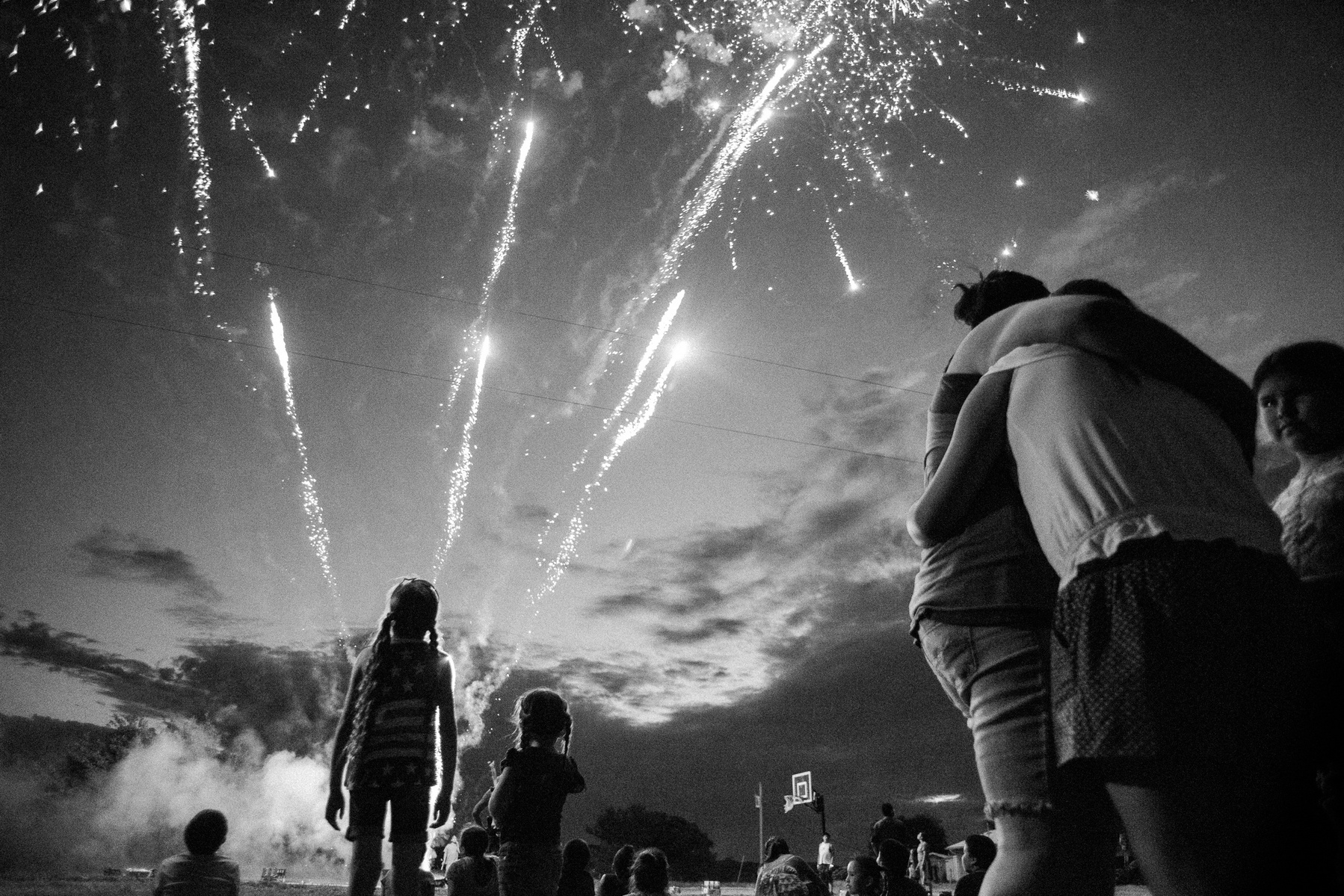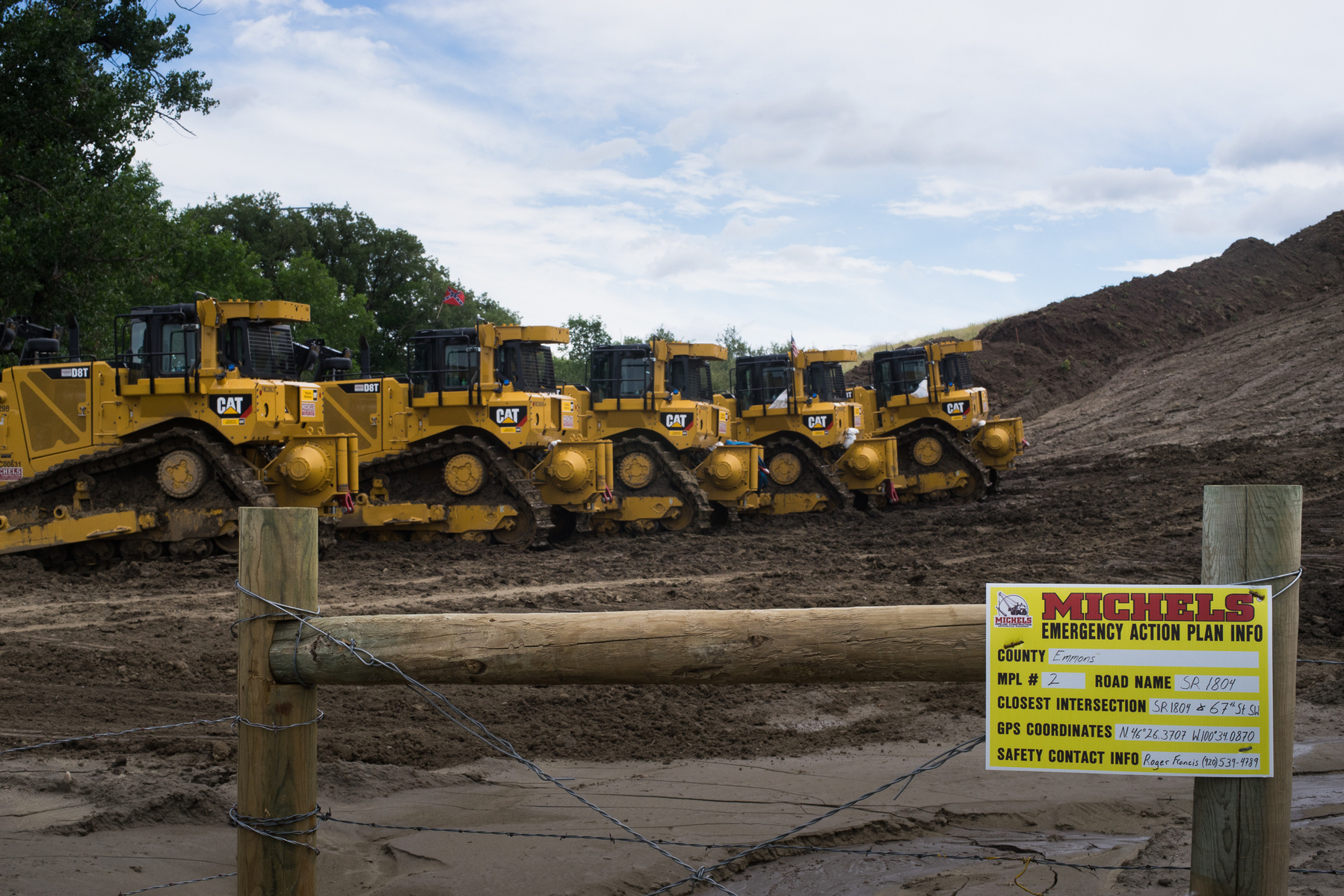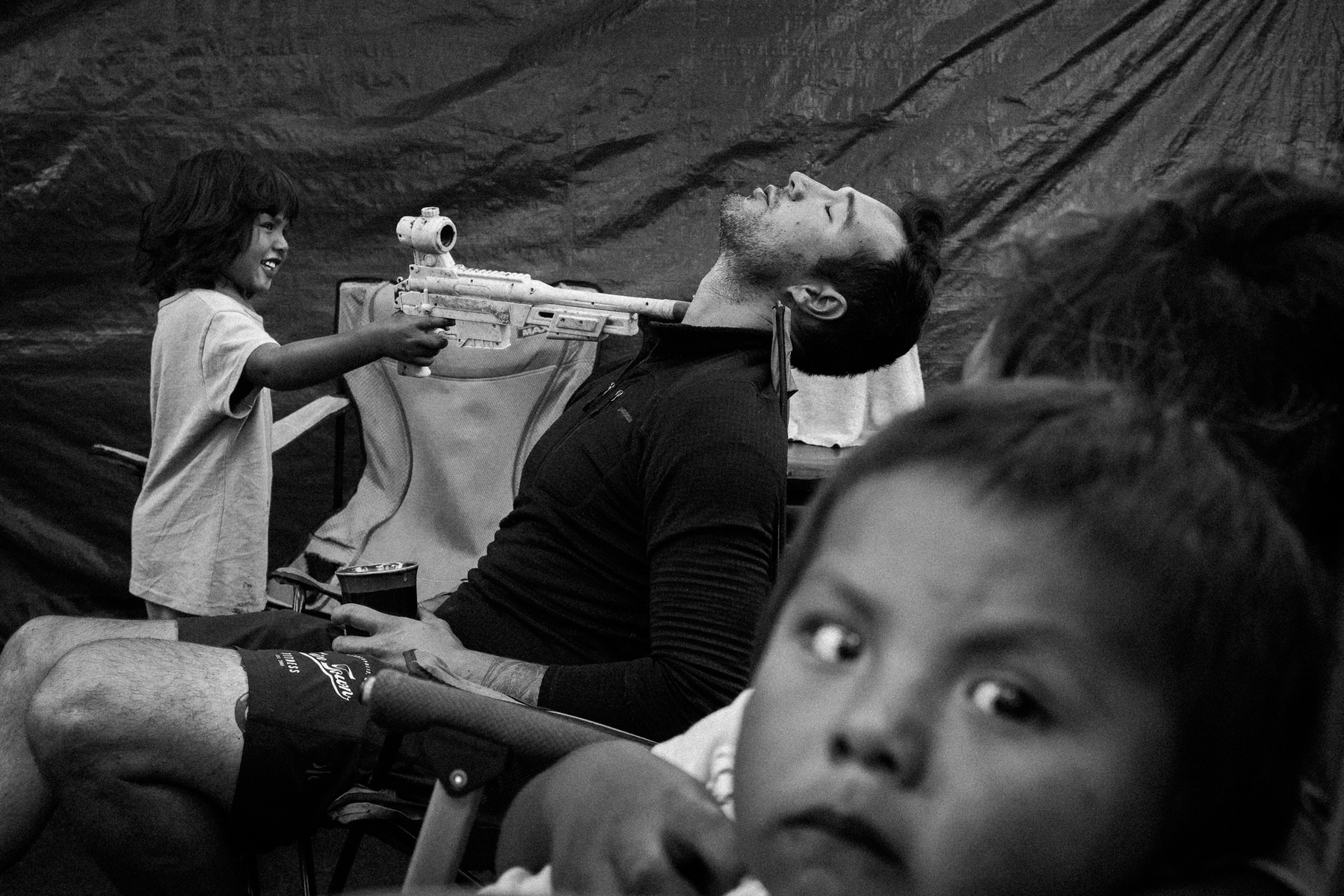Justice on Stolen Land
July 9, 2016“Be a officer? You WICKED overseer! Ya hotshot, wanna get props and be a savior First show a little respect, change your behavior Change your attitude, change your plan There could never really be justice on stolen land”
–Sound of the Police, KRS-ONE
The ride back to Minneapolis from the Sacred Stone Spirit Camp took forever. Eight hours in a car is a lot under normal circumstances, but when eight hours stand between you and your grieving community, between you and your loved ones who have dropped everything to stand together, time crawls.
I was traveling from one crime scene to another. From Cannon Ball, ND, where the Dakota Access Pipeline is on the brink of ravaging Native land, water, sovereignty, and sacred sites, where once again brown people are being treated as disposable nuisances, to the Twin Cities, which is mourning yet another black man murdered by cops.
If you’re not familiar with the camp or the pipeline, please see the camp website to get the rundown.
If you’re not familiar with Philando Castile’s murder, read this article.
The morning I left camp, pipeline construction crews seemed more active than they had been for weeks. It wasn’t clear from our binocular-enhanced view across the Missouri River to the construction site whether Dakota Access LLC had begun passing the pipeline through Army Corps land, which they don’t currently have authorization to do. But some people were saying that they appeared to have crossed that boundary.
When the camp sent me across the river to take photos and potentially find out more about the company’s activities, I noticed something very interesting about the construction vehicles.
At least three of them were flying Confederate Flags.
We could shame the workers who chose to display the flags, but let’s focus instead on the fact that the company is okay with this. Energy Transfer Partners, L.P. has Confederate Flags proudly flying from the machines they’re using to pillage Native American land.
Yeah.
The display should come as no surprise to any student of American history. It’s a reminder that manifest destiny–the 19th century belief that white settlers have the God-given right to conquer North America–is alive and well in 2016. As in the 1800s, the white man’s right to property and limitless prosperity is treated by the government, industry, and mainstream society as more important than anything else. And by “anything else,” I mostly mean the rights, wellbeing, and sovereignty of Native Americans and other oppressed peoples.
“[Native Americans’] disappearance from the human family would be no great loss to the world.”–Henry Clay, 1825
While the Confederate Flag doesn’t directly symbolize manifest destiny, it stands for the same white supremacist ideology that holds white property rights and “freedom” above all else. It does celebrate American history, as apologists claim: a history where white slave-owners fought for their rights to own and abuse black slaves.
The flag’s message is clear: white people should be able to step on non-whites in the name of their own prosperity, and to hell with the rest of you.
The Confederate Flags on those construction vehicles reveal the connections between Philando Castile’s murder and the Dakota Access Pipeline. Both continue a long legacy of American institutions oppressing people of color to protect white property and class power.
The police began as a force to protect those privileges through violent means, and they continue that function to this day. They “were not created to protect and serve the population…They were created to protect the new form of wage-labor capitalism that emerged in the mid to late nineteenth century from the threat posed by that system’s offspring, the working class.” -Sam Mitrani, Associate Professor of History at the College of DuPage
I encourage you to read the whole article that quote is from because it does a better job summarizing the racist history of policing in America than I could. Studying this history is essential to understanding why the police continue to brutalize black people and other people of color with impunity and face virtually no consequences. No meaningful progress can happen without that awareness.
As MN Neighborhoods Organizing for Change recently posted on their Facebook timeline, “Our goal is no longer the prosecution of the police. Our goal is the abolition of the police state.”
I agree with NOC, but with one qualification: my goal is the abolition of the economic system that created the police state and requires state violence to function.
We cannot stand aside while corporations play out manifest destiny 2.0 on Native land in and outside the US. We cannot pour our hope and energy into minor reforms like body cameras and weak energy regulations that don’t change the fundamental structure of our economy, government, and society. This country’s racist history has evolved into its racist present, and will continue to evolve unless racial and economic power dynamics fundamentally shift.











